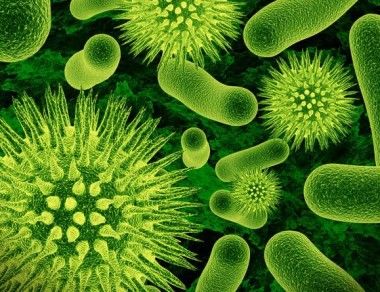Virus DNA left on a hospital bed rail was found in nearly half of all sites sampled across a ward within 10 hours and persisted for at least five days, finds a new study
Virus DNA left on a hospital bed rail was found in nearly half of all sites sampled across a ward within 10 hours and persisted for at least five days, according to a new study published in the Journal of Hospital Infection.
The study, aimed to safely simulate how SARS-CoV-2, the virus that causes Covid-19, may spread across surfaces in a hospital. Instead of using the SARS-CoV-2 virus, researchers artificially replicated a section of DNA from a plant-infecting virus at a similar concentration to SARS-CoV-2 copies found in infected patients’ respiratory samples.
Researchers placed the water containing this DNA on the handrail of a hospital bed in an isolation room and then sampled 44 sites across a hospital ward over the following five days. Isolation rooms are made for infected patients or high risk patients to prevent spread of infection.
this study is a significant reminder that healthcare workers and all visitors to a clinical setting can help stop its spread through strict hand hygiene, cleaning of surfaces, and proper use of personal protective equipment (PPE)
Researchers found that after 10 hours, the surrogate genetic material had spread to 41% of sites sampled across the hospital ward, from bed rails to door handles to arm rests in a waiting room to children’s toys and books in a play area. This increased to 59% of sites after three days, falling to 41% on the fifth day.
Dr Lena Ciric (UCL Civil, Environmental & Geomatic Engineering), a senior author of the study, said: “Our study shows the important role that surfaces play in the transmission of a virus and how critical it is to adhere to good hand hygiene and cleaning.
“Our surrogate was inoculated once to a single site, and was spread through the touching of surfaces by staff, patients and visitors. A person with SARS-CoV-2, though, will shed the virus on more than one site, through coughing, sneezing and touching surfaces.”
“Like SARS-CoV-2, the surrogate we used for the study could be removed with a disinfectant wipe or by washing hands with soap and water. Cleaning and handwashing represent our first line of defence against the virus and this study is a significant reminder that healthcare workers and all visitors to a clinical setting can help stop its spread through strict hand hygiene, cleaning of surfaces, and proper use of personal protective equipment (PPE),” added the authors.


